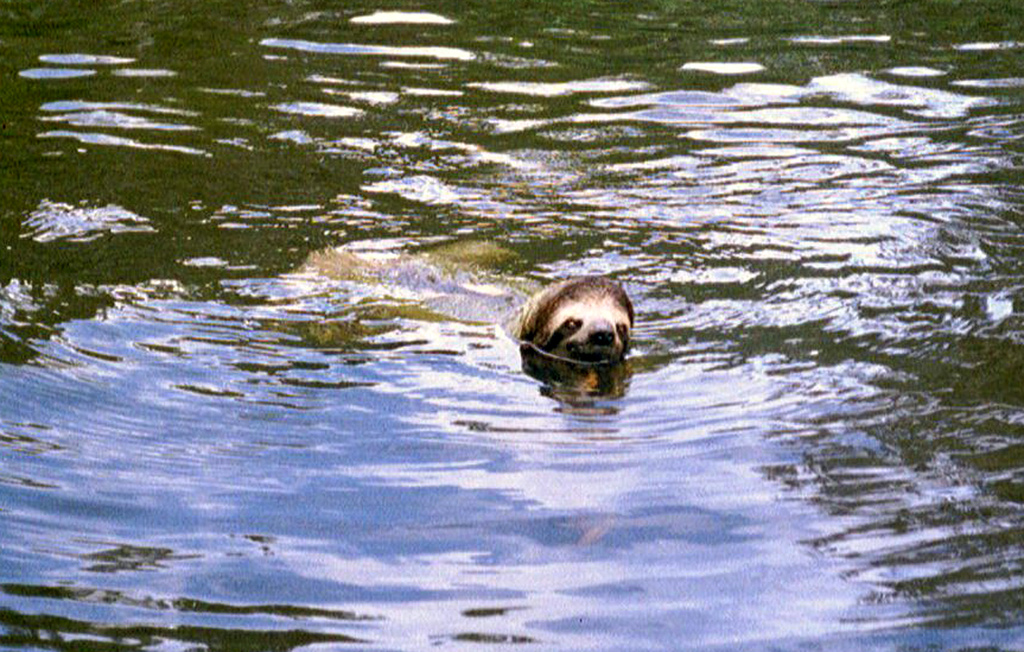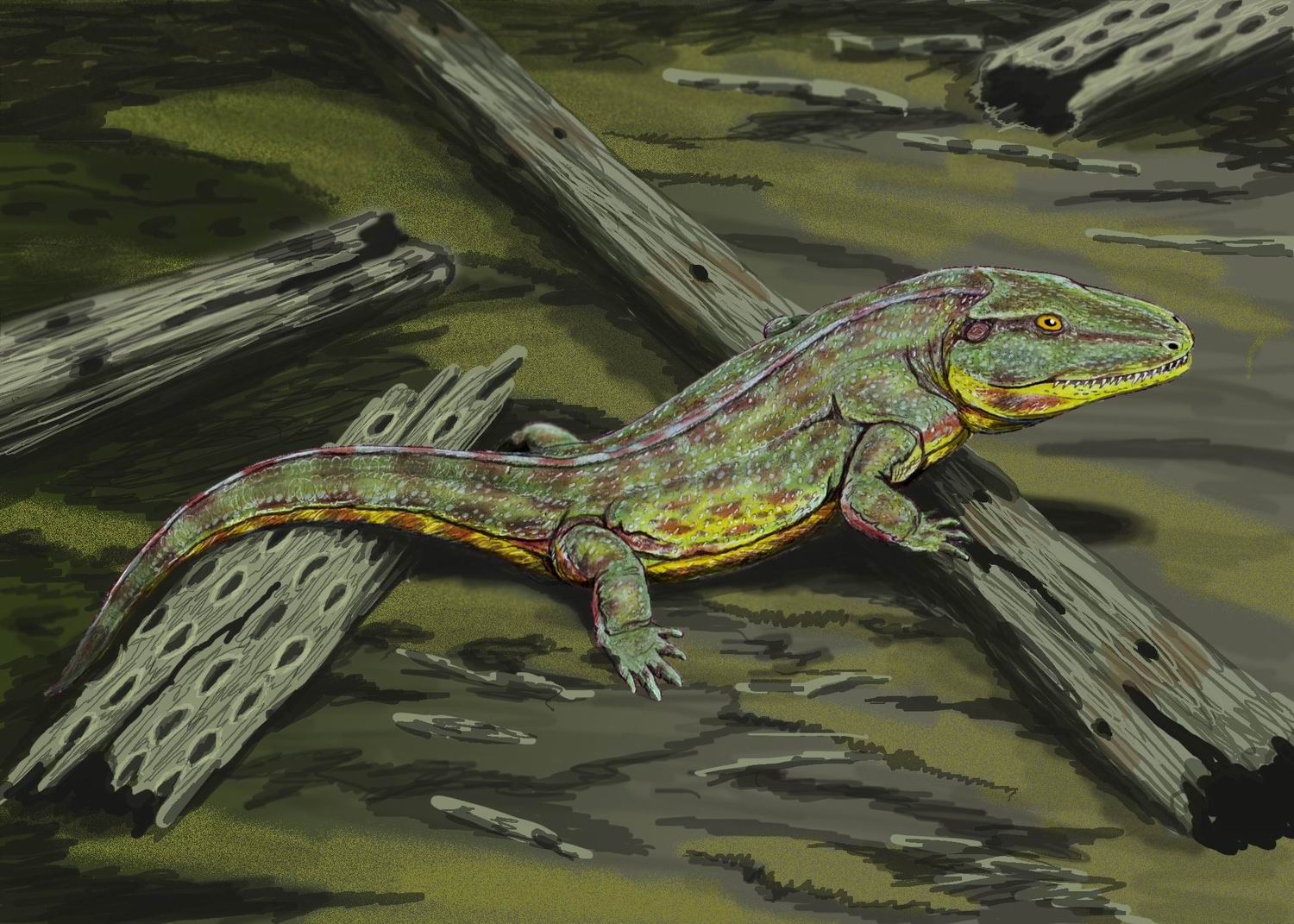Podcast 137 - Sloth vs Sloth
/The gang discuss several papers that detail the changes necessary for a terrestrial tetrapod to transition into aquatic marine lifestyle. They focus on two examples, fossil sloths and fossil crocodyliforms. Also, James discusses some unconventional forms of hydraulic fracking, Curt imagines the sloth action film, Amanda details her plans to get "swole", and everyone has a lively "debate" on the correct pronunciation of the word sloth.
Up-Goer Five (James Edition):
This week the group look at two studies of groups of animals that have moved into the big water that is full of little rocks that make food great but are bad for you if you have too much and also make it really hard for animals that are not used to it to live in the water. The first group are angry animals without hair that are around today and usually live in water that is found on land, but a long time ago some of them moved into the bit water full of little rocks. These angry animals began to change from the ones that live in the land water, and their land feet turn into water feet and their back end grows to be like a water animal's back end usually looks like. The study looks at the left overs of animals from a long time ago that show what parts of the inside of the head looked like. These show that once they moved in to the big water they grew little balls in their head that let them deal with the little rocks that are all in the big water. This shows that they spent all their time in the big water and did not go back to the land water, and that they could eat food that lived in the big water without dealing with the small rocks, such as small animals with no hard parts that had many arms. The second group are big animals with hair that are very slow today. While these slow animals are small today and live in trees, in the past they could be big and one group of them went to live in water. The study looks at the hard parts that keep the animals from falling over and found that once they move into water, the hard parts start to fill up and get more heavy. The study looks at the hard parts of other groups that go back into the water and find that they make their hard parts heavy too.
References:
Fernández, Marta, and Zulma Gasparini. "Salt glands in the Jurassic metriorhynchid Geosaurus: implications for the evolution of osmoregulation in Mesozoic marine crocodyliforms." Naturwissenschaften 95.1 (2008): 79-84.
Fernández, Marta, and Zulma Gasparini. "Salt glands in a Tithonian metriorhynchid crocodyliform and their physiological significance." Lethaia 33.4 (2000): 269-276.
Amson, Eli, Guillaume Billet, and Christian de Muizon. "Evolutionary adaptation to aquatic lifestyle in extinct sloths can lead to systemic alteration of bone structure." Proc. R. Soc. B 285.1878 (2018): 20180270.













